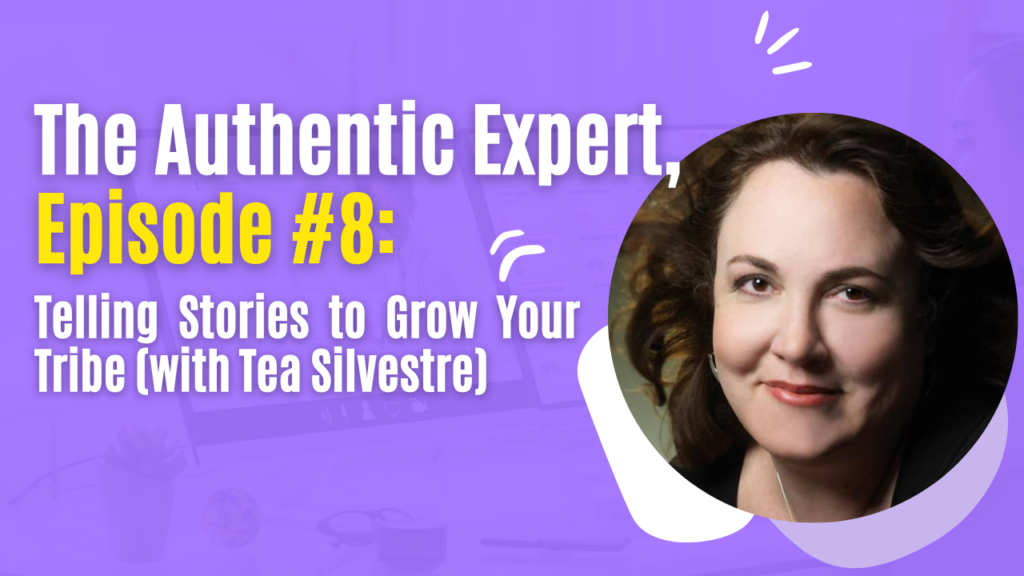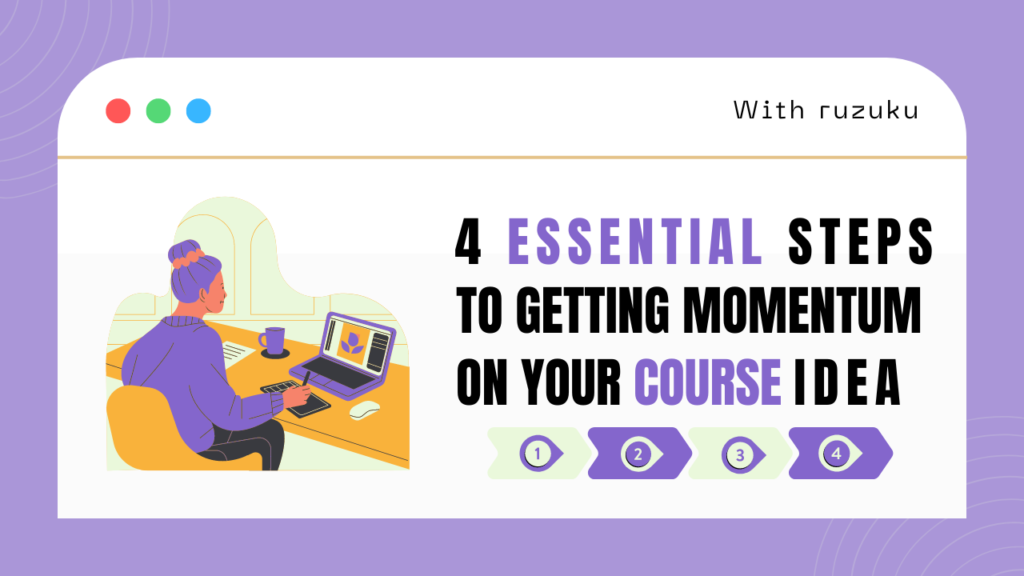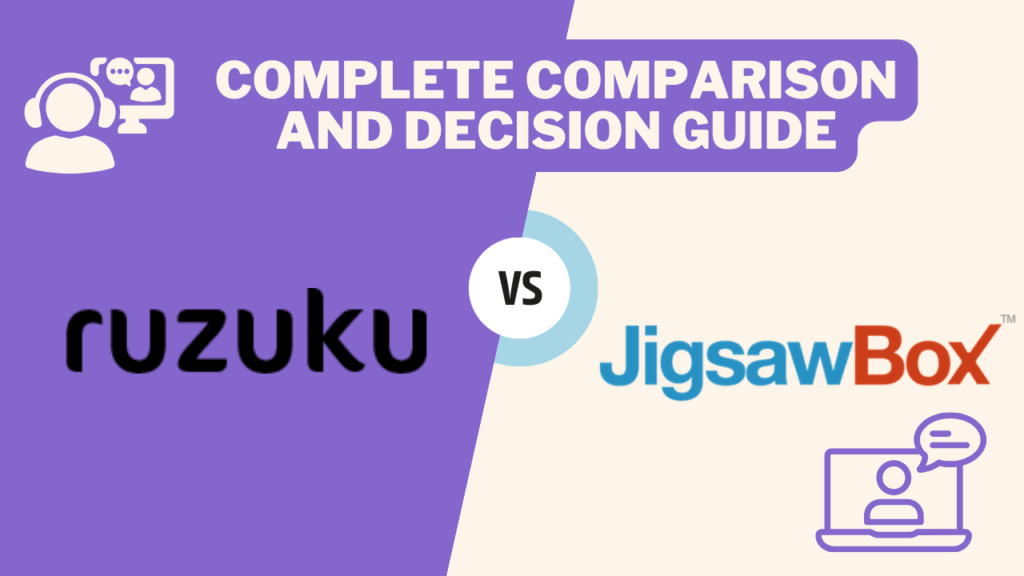Description: Tea Silvestre brings storytelling into online marketing. In our interview, she shares insightful approaches and tips for marketing your business, your courses, and your services.
Don’t miss the next episode!
Subscribe on iTunes, Stitcher Radio, Player.fm or TuneIn.
Or get sign up to get a quick email notice when the next episode goes live!
About Tea Silvestre
Tea Silvestre is all about The Story. Telling them, listening to them and figuring out what they mean.
She’s also the author of “Attract and Feed a Hungry Crowd: How Thinking Like a Chef Can Help You Build a Solid Business.”
Her marketing career began 20+ years ago when she took a job as a copy editor/graphic designer/coffee-getter for a national bank that no longer exists. Over the last two decades, she’s honed her skills and served in high level positions, directing the marketing efforts of city governments and national organizations.
Tea’s writing is often seen on some of the biggest blogs on the Internet, including Copyblogger, Problogger and MarketingProfs.
You can find her in Portland, OR where she spends much of her free time hiking, seeing the latest movies and sharing meals with friends and family.
Key Points & Takeaways
- How do we tell our stories in the best way? Know who we are and what our strengths are.Turn up the volume on your best strengths (e.g. if you love writing, do more writing; or speaking…; long form vs. short form).
- So many people never take the time to think about who they are, and what they want from life… just go along with what society or family expect from them. It all starts with that reflection… or else you can go down a path you don’t really want to be on. It’s good to spend some time knowing who you are. If you really want to be authentic, it needs to come from a place of being thoughtful about your best qualities and what makes you unique.
- How she thinks about marketing courses… 2 things can get out of wack: 1) you might not be telling enough stories, you might just be giving pitches – as human beings we don’t like to be sold – if you’re always presenting a sales pitch vibe, that will turn people off 2) conversely, if you’re only telling stories and sharing good content, and never asking for the sale — you’re missing the point.
- Don’t chase fame, or think that an interview or mention by an “A lister” will change your business or drive tons of traffic. In fact, collaborating with “B listers” and small communities may be much more impactful initially, because these folks will care more and will help share your content or course. Look at people who are your peers.
- Build on the marketing “rule of 7” – someone needs to see your offer 7 times to be comfortable with it. You need even more touchpoints online – in fact it might be the “rule of 21!” Tea herself has fans tell her “I never saw that!” regarding one of her offers… People just aren’t paying that much attention to you… so do more, and do it for longer periods of time.
- How do we weave storytelling into this? Think about what the topics of your course are, and then tell stories about those topics: case studies, common misconceptions, FAQs, all the different pieces that you know are going to be part of your teaching. Build on your content strengths: blog, email, audio, speaking…
- A common mistake is to jump too quickly to the call to action, without sharing enough story. Reflect on the content you’re creating for your marketing, and ask yourself if you might be doing this in some cases.
- Start a conversation with people on social media by asking questions: “I’m curious about this, what do you think?” or “This is what’s going on with me…”
- Start by planning. Work backwards from your launch date… 6 – 8 weeks, or even longer for a big, high-investment course. Then plan out your content and storytelling.
- Do mind-maps around your topic. What are all the questions that people usually ask me about this topic? Then, create specific blog posts and emails to answer these questions.
- Share stories of transformation: this is someone who had a problem, went through my program, and this is where they are now… don’t you want that kind of transformation for yourself?
- Remember that the person on the other end of the transaction is a human being. So put the relationship first. Do what you can to learn about their life, what their needs are. People often want to build a relationship before they’re ready to invest with you. Not just about storytelling, but story-listening – we need to listen more. Think about listening 75%, and telling 25%.
Tea’s favorite action to move your business forward
Send 5 little notes a month.
Identify 5 people from your email list, or blog comments, or social media.
Research their websites and Facebook profiles to learn more about them, their work, and their interests.
Send them a personal email – or better yet, a handwritten note! – to thank them for following you. Make it personal and heartfelt.
Over time, you’ll grow real relationships, far deeper than simply “being on my list.”
Resources & Links
Discover Your Primary Business Story Type
According to experts, 99% of all stories ever told can be categorized into seven basic plots: Underdog, Quest, Journey/Return, Rags to Riches, Comedy, Tragedy, and Rebirth.
Understanding which plot your business/brand story falls into can help you focus your marketing messages and storytelling efforts into a more cohesive whole.
Take Tea’s assessment to discovery your primary business story type »
Transcript
Coming soon!





